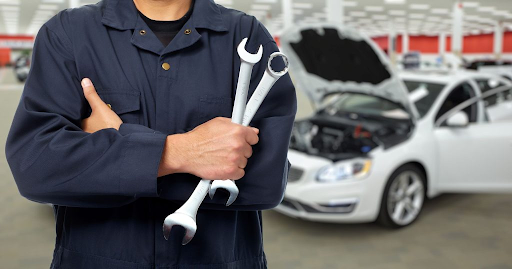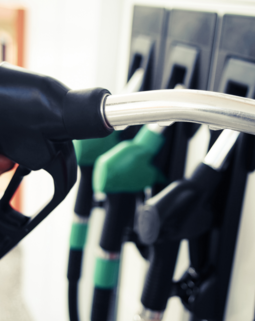The clutch is a critical component of your vehicle, essential for smooth gear changes and overall functionality. Proper maintenance of the clutch is crucial to prevent costly repairs and ensure your car operates efficiently. Here's a comprehensive guide on how to recognize signs that your clutch needs changing and what the replacement process involves.
What is the Clutch?
The clutch mechanism comprises several key parts: a clutch disc, a pressure plate, a clutch fork, and a clutch release bearing. Together, these components allow for the smooth shifting of gears while the vehicle is in motion, operated by the clutch pedal. The clutch control can be either cable or hydraulic, depending on the vehicle model.
Signs Your Clutch Needs Changing
Identifying clutch issues early can save you from more extensive repairs down the road. Here are several telltale signs that your clutch might need replacing:
- Jerky Pedal Movement: If the clutch pedal feels uneven or jerky when pressed, it could indicate a problem.
- Prolonged Pedal Support: The need to hold the pedal down longer than usual may signal clutch wear.
- Noises: Rubbing, grinding, or hissing noises when engaging the clutch are warning signs.
- Vibrations: Feeling vibrations in the clutch pedal can indicate a malfunction.
- Acceleration Issues: If the car fails to accelerate adequately despite the engine revving and the tachometer needle rising, the clutch may be slipping.
- Burning Smell: A noticeable burning odor and excessive clutch heating are red flags.
- Gear Shifting Difficulty: Trouble shifting gears smoothly suggests clutch problems.
- Pedal Resistance: Unusual resistance when pressing the clutch pedal can indicate an issue.
If you observe one or more of these signs, it's crucial to visit your mechanic promptly for an inspection and potential clutch replacement. This complex operation requires professional expertise.
How Long Does a Clutch Last?
The lifespan of a clutch varies based on vehicle use and maintenance. Typically, a clutch lasts between 100,000 to 200,000 kilometers. Factors influencing its longevity include driving habits and the initial quality of the clutch disc. Diesel vehicles often have slightly longer-lasting clutches compared to gasoline models.
Clutch Replacement Process
Replacing a clutch is a delicate and labor-intensive procedure best left to professionals. It involves several steps:
- Removing the transmission to access the clutch assembly.
- Replacing the clutch disc, pressure plate, and release bearing.
- Ensuring proper alignment and function of the new parts.
This process can take several hours and may require specialized tools, highlighting the importance of professional service. Requesting a quote beforehand can help you understand the potential costs involved.
Tips for Maintaining Your Clutch
To extend the life of your clutch and avoid premature wear:
- Avoid riding the clutch pedal (keeping it partially engaged).
- Use the handbrake on hills instead of holding the clutch.
- Shift gears smoothly and avoid aggressive driving.
Regular maintenance and mindful driving habits will help preserve your clutch and ensure safe and efficient drives across Tanzania.





